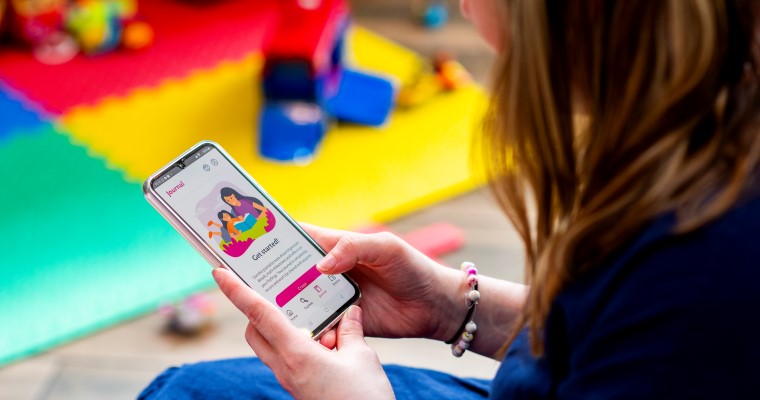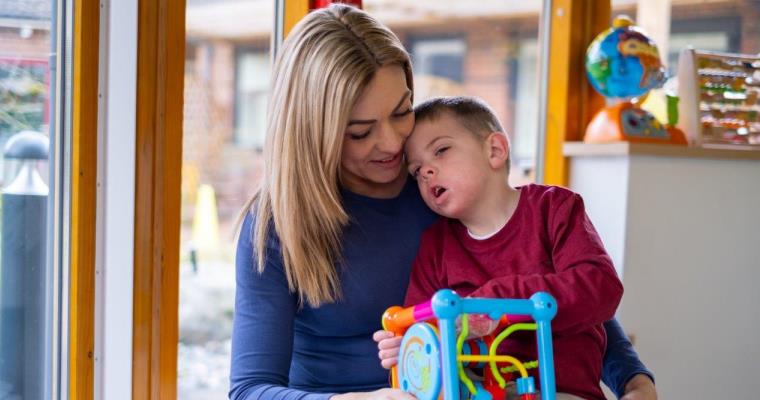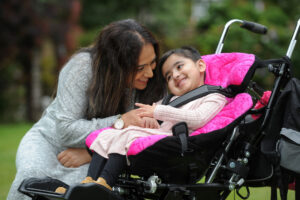
Category: National Deaf Children's Society
Posted on 15.12.2020
As part of Treacher Collins Syndrome, Maia has bilateral microtia atresia. This means both of her ears are underdeveloped, with no ear canal openings, and this contributes to her conductive hearing loss. Mum, Josie, explains some of the problems that this can cause teenager Maia, in daily life.
“A three-year-old once innocently described Maia’s ears as ‘bust’, true as this may be and despite all Maia’s other Treacher Collins’ traits, it’s these small ears that often take centre stage. For better or worse, ‘the girl with little ears’ is one of the commonest ways for Maia to be described.
“When you have teeny-tiny, cute ears all sorts of everyday items require a re-think. Together with the ongoing quest for hats and helmets that don’t make her hearing aids squeal and non-leaky, cheekbone friendly swim goggles, there’s been plenty to work out over the years. Keeping sunglasses on is a real challenge and Maia has disappeared under many a Christmas cracker hat. And no, kind doctor, that ear thermometer won’t work, I’m afraid. Ear piercings anyone? Airpod envy? And now there are also face masks to grapple with.
“However, microtia has also has its upsides and not just the superpower of being able to deep dive or fly high without any aural discomfort. The first silver lining of microtia was that it was obvious at birth that Maia would have some hearing loss and ‘little ears’ was the way the doctor first described her to us. This meant all things audiological could be addressed straightaway. While it was still a massive parenting adjustment, we were able to arm ourselves with information about raising a deaf child from the get-go. Maia began wearing her conductive hearing aid at four months and this gave her plenty of listening opportunities from a young age.
“Likewise, microtia means Maia rarely needs to explain that she’s deaf, especially with her hearing aids also on show. Maia is not currently interested in surgical or prosthetic options for her ears and tends to wear her hair tied back. Although this visual impression sometimes means her ability is underestimated, fortunately her interactions with new people are nearly always positive. People tend to be generous in their communication with her, and we’re so grateful for how this kindness has nurtured her social confidence, skills and appetite for a good natter.”
This article originally appeared on the NDCS website, along with other family blogs which can be found here.



